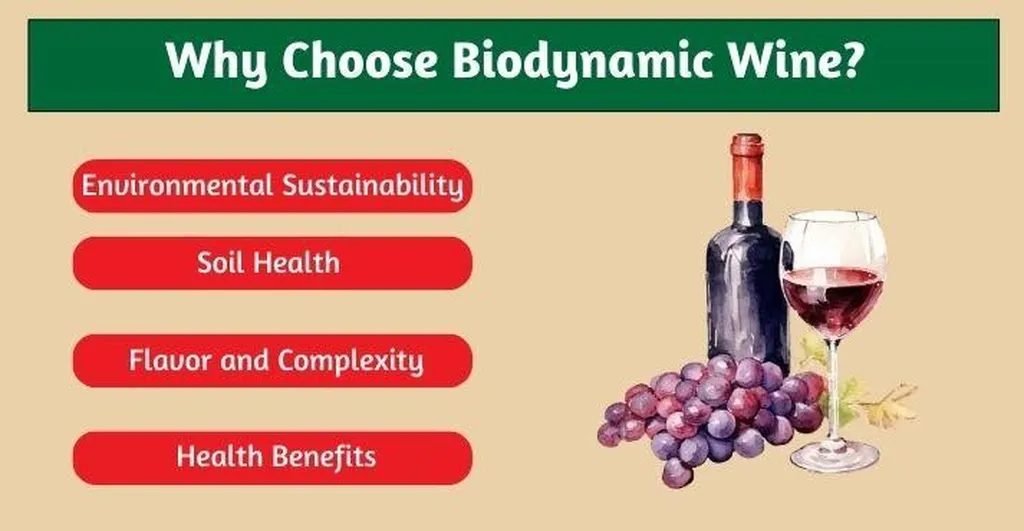In the ever-evolving landscape of viticulture, a new bio-protector (NBP) is making waves, promising to mitigate the impacts of heat and light stress on grapevines. This innovative solution, composed of β-carotene and α-pinene, has shown remarkable potential in reducing flavonol levels in grape skins, according to a study published in ‘OENO One’. The research, led by Lucia Giordano from the Department of Agricultural, Food and Environmental Sciences at the University of Perugia, Italy, could significantly influence the future of grape cultivation and winemaking.
Flavonols, particularly quercetins, are natural compounds that accumulate in grape skins as a defense mechanism against UV damage and lipid peroxidation. However, their presence can also influence the bitterness, astringency, and deposit formation in wines. The new bio-protector aims to strike a balance, reducing flavonol levels without compromising the grapevines’ health or yield.
The study, conducted across various cultivars and environments, including non-irrigated vineyards in Umbria and Sicily, and South Australia, revealed that NBP-treated leaves showed reduced photosynthesis, transpiration, and stomatal conductance. However, the treatment did not impact yield, cluster weight, or berry weight. Notably, NBP delayed technological ripening, reducing sugar accumulation and increasing acidity.
“NBP significantly reduced flavonol accumulation in berry skins across cultivars and sites,” Giordano explained. “This could reduce wine bitterness and astringency and allow later harvests, especially in red cultivars.”
The research also highlighted the influence of basal leaf removal on flavonol levels. In two vineyards, basal leaf removal was performed a day before NBP application, which increased quercetin and kaempferol by three to four times. This finding could have significant implications for vineyard management practices.
The potential of NBP to mitigate the impact of rising temperatures on grape and wine quality is promising. As climate change continues to pose challenges to viticulture, such innovations could be crucial in adapting to new environmental conditions.
The study also confirmed the correlation between flavonol accumulation and irradiance, a finding that could guide future research and development in the field. While exogenous β-carotene application did not increase berry skin carotenoids, the overall potential of NBP in shaping the future of viticulture is evident.
As the agricultural sector continues to grapple with the impacts of climate change, innovations like NBP offer a glimmer of hope. By reducing flavonol levels and delaying ripening, this bio-protector could help vineyards produce higher quality grapes and wines, even in the face of rising temperatures and increased irradiance.
In the words of Giordano, “This research opens up new possibilities for vineyard management and winemaking, particularly in the context of climate change.” As the field continues to evolve, such innovations will be crucial in ensuring the sustainability and quality of viticulture.

